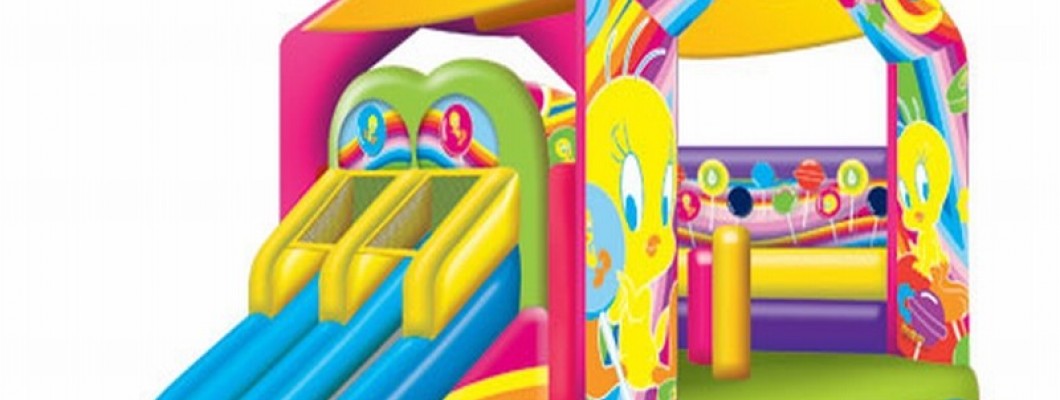
Placing a bouncy castle on grass is a popular choice for outdoor events, offering a soft landing for children and a natural setting for fun. However, there are several important factors to consider to ensure a safe and enjoyable experience. Here’s a guide to help you assess the best way to position a bouncy castle on grass.
1. Ground Stability
Before setting up the bouncy castle, evaluate the stability of the ground. The area should be flat and level to prevent tipping or rolling. Avoid placing the inflatable on uneven or sloped surfaces, as this can create safety hazards for the children using it.
2. Grass Length and Condition
The length and condition of the grass can impact the bouncy castle's stability and safety. Ideally, the grass should be short and well-maintained to reduce the risk of tripping. If the grass is too long, it can create a softer landing but may also conceal hidden objects, such as stones or debris, which can pose risks.
3. Clear the Area
Ensure the area around the bouncy castle is free from obstacles and hazards. Remove any sharp objects, stones, branches, or furniture that could cause injuries if children fall or bump into them. A clear zone around the inflatable is essential for safe play.
4. Anchor Points
When setting up a bouncy castle on grass, anchoring is crucial to ensure stability. Most hire companies provide ground stakes that can be driven into the soil to secure the inflatable. Make sure to use these stakes as directed and check that they are properly anchored to keep the bouncy castle in place during use.
5. Weather Considerations
Be mindful of weather conditions before and during your event. If the ground is wet due to rain, it can become slippery, increasing the risk of accidents. If the grass is muddy, it may also affect the stability of the bouncy castle. Consider postponing or relocating your event if weather conditions are not suitable for safe play.
6. Grass Protection
While placing a bouncy castle on grass can be fun, it’s important to consider the impact on your lawn. Setting up an inflatable for an extended period may flatten the grass underneath. If you're concerned about protecting your lawn, consider placing tarpaulins or mats under the inflatable to minimise damage.
7. Supervision
Regardless of where the bouncy castle is placed, supervision is essential. Designate responsible adults to monitor the children while they play, ensuring they follow safety rules and that the area remains clear of hazards.
8. Conclusion
Placing a bouncy castle on grass can provide a safe and enjoyable environment for children to play, provided you consider the factors outlined above. By ensuring stability, clearing the area, and anchoring the inflatable properly, you can create a fun experience for all participants while prioritising safety. Enjoy your event!
